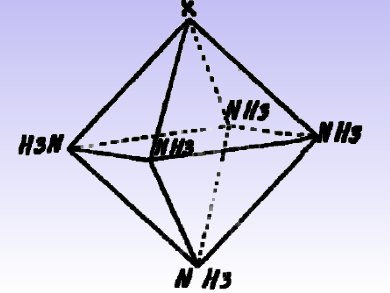Nobel Laureate Alfred Werner’s work on the spatial arrangements of atoms in inorganic complexes is celebrated as part of the 120th anniversary of ZAAC — Zeitschrift für anorganische und allgemeine Chemie (Journal of Inorganic and General Chemistry).
Alfred Werner showed an interest in chemistry while he was at school and did his first independent chemical research when he was only 18. He attended the Federal Polytechnic Institute at Zurich, now ETH Zurich, Switzerland, and in 1889 obtained his Diploma in Technical Chemistry. He was appointed Assistant Professor at the Zurich Polytechnic Institute and began to cooperate with Professor Hantzsch in research. In 1890, he took his degree at the University of Zurich and was appointed Associate Professor there in 1893, becoming a full Professor in 1895, when he was only 29. He was offered posts at other universities, but declined, remaining in Zurich until his early retirement in 1919 due to ill health.
Alfred Werner is known for his work on the spatial arrangements of the atoms in inorganic complexes. He formulated the idea in which atoms, radicals or molecules are arranged in a simple, spatial, geometric pattern around a central atom. Werner called the number of atoms thus grouped the coordination number, and noted that the most important coordination numbers were 3, 4, 6 and 8. He found the number 6 occurred especially often and described this spatial arrangement as a central atom with coordinated atoms at the corners of an octahedron.
He spent much time preparing complexes with different coordination numbers and studying their configurations. In doing so, he produced the first synthetic chiral compound lacking carbon, [Co(Co(NH3)4(OH)2)3]Br6, and became, in 1913, the first inorganic chemist to be awarded the Nobel Prize in Chemistry.
- Beitrag zur Konstitution anorganischer Verbindungen,

Alfred Werner,
Z. Anorg. Allg. Chem. 1893, 3(1), 267–330.
DOI: 10.1002/zaac.18930030136
To celebrate ZAAC‘s anniversary, an outstanding article from each decade of ZAAC‘s archives will be highlighted and made freely available each month. This month highlights the top article of the years 1892–1902.




